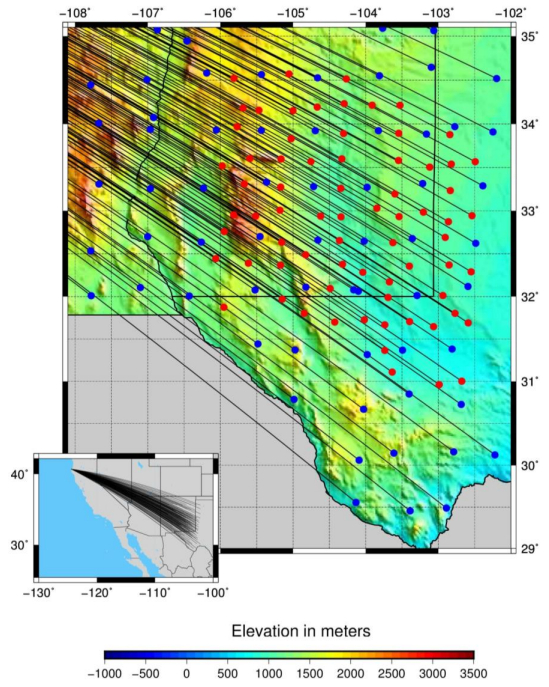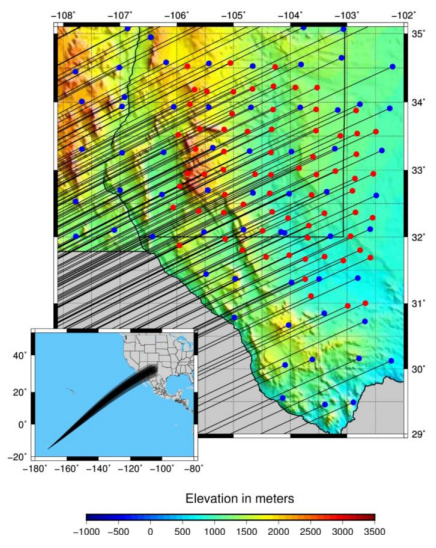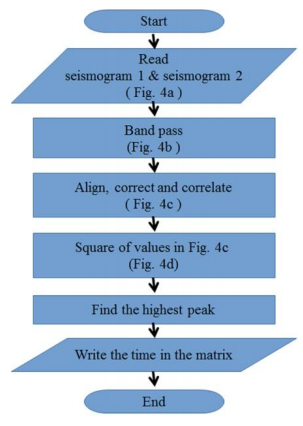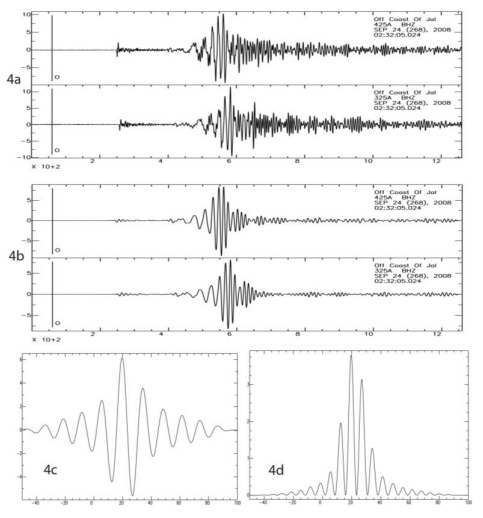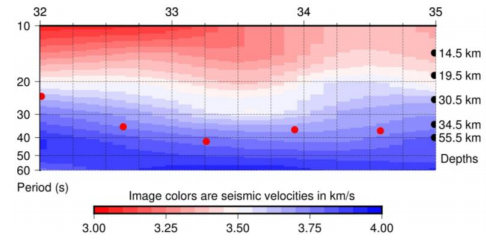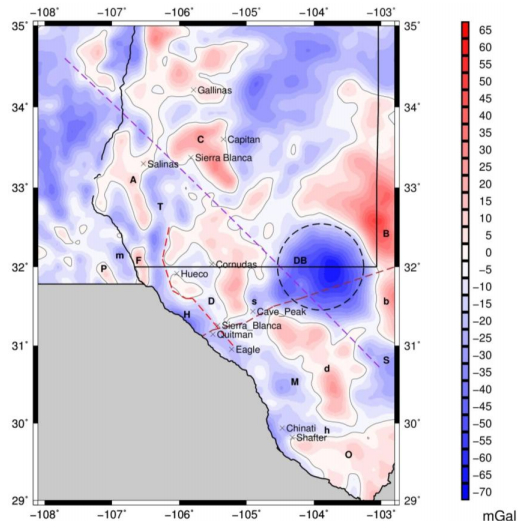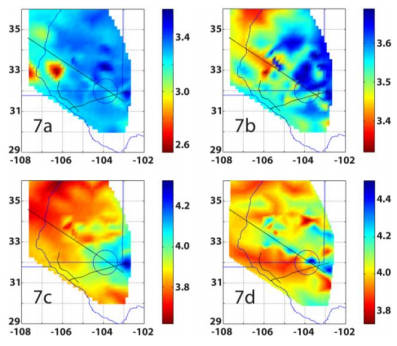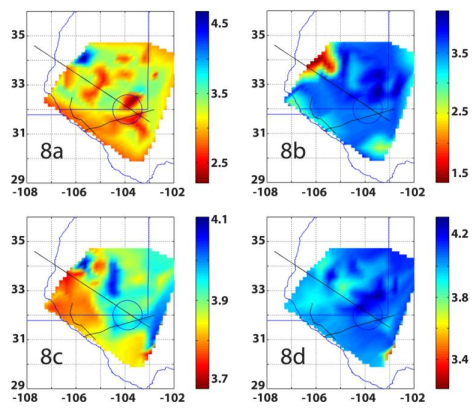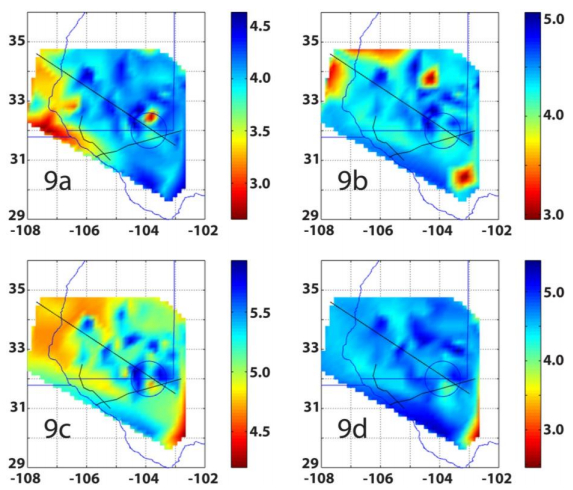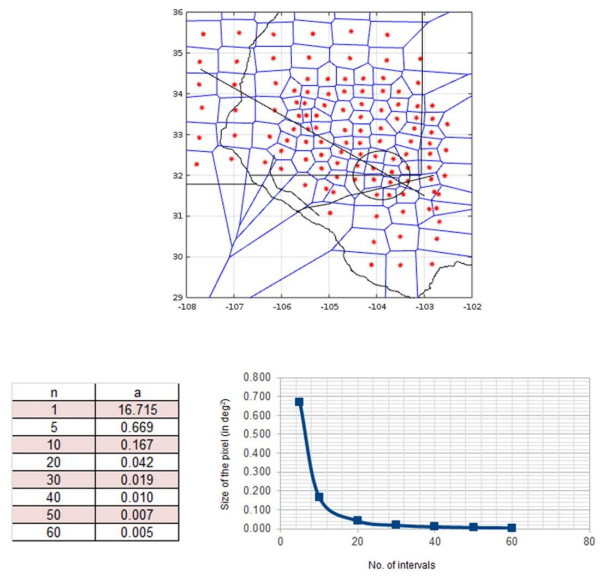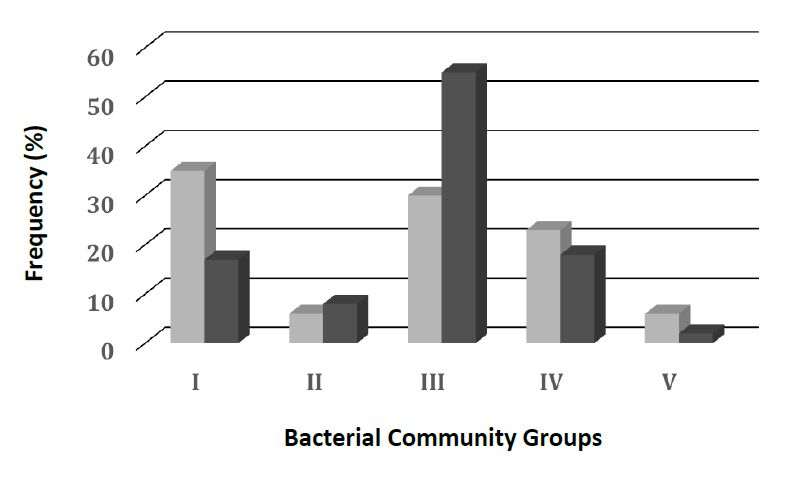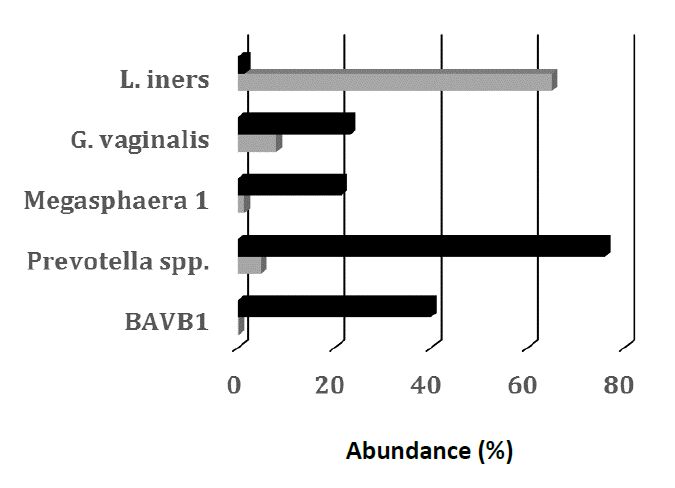1. Introduction
The location of interest is the southeast shoulder of the Rio Grande Rift on the boundary between southeast New Mexico and west Texas in the southwest of USA (Figure 1). This shoulder constitutes the west margin of the Great Plains; it is at the southwestern part of the North American Craton [1,2].
The basement of the North American Craton is the Proterozoic Laurentia plate. Southwestern Laurentia constitutes the Mojave, Yavapai, Mazatzal and Grenville Precambrian provinces, ordered by age and located from northwest to southeast [3]. The basement of this region is the source of extensive geological, geophysical and geochemical research, but it remains poorly understood [3,4,5,6,7,8,9]. The fact that it is mostly covered with younger formations and located in the boundary between two countries (Mexico and USA) have contributed to the problem.
Mineral resources found in this region include rare earth elements, beryllium and molybdenum related to Tertiary igneous activity. Ignimbrites related to the large silicic event that constitutes the Sierra Madre Occidental are present in calderas at west Texas; some examples are Quitman, Eagle and Chinati [10,11,12,13,14]. Laccoliths are located at places such as Cornudas and Sierra Blanca, TX; stratovolcanoes such as Sierra Blanca, NM and the batholith at Capitan in New Mexico, also contain anomalously high concentrations of incompatible elements [12,15,16,17]. The magmas that created these igneous features rich in rare earth elements, beryllium and molybdenum have similar tholeiitic and alkalic composition to those of oceanic-island basalts indicating the possibility of having originated as asthenosphere derived melts in the lithospheric mantle during extension [18].
2. Data background
The seismic data used in this study is the Broad-band High-gain Z-component (BHZ) of the seismograms registered by two seismic projects: The transportable array (TA) [19] and the Flex array (XR) [6,20,21]. Both projects were deployed by EarthScope USArray, supported by National Science Foundation (NSF) and are available for download at the official website of the Incorporated Research Institutions for Seismology, IRIS [22]. We use the WILBER3 tool to download the data [23]. The distribution of the seismic stations is listed in Appendices 1 and Appendices 2, and shown in Figure 1. Three events were specially selected to make the analysis: The first was a magnitude 6.4 earthquake off the coast of Jalisco Mexico (17.52° N, 105.46° W) on September 24,2008; 02: 33: 05 UTC. The second was a magnitude 6.5 earthquake off the coast of Northern California (40.67° N, 124.47° W) on January 10,2010; 00: 27: 41 UTC. The third was a magnitude 8.1 earthquake in the Samoa Islands Region (15.5119° S, 171.9369° W) on September 29,2009; 17: 48: 11 UTC. The time window was considered to select the events; the TA array stations were deployed in the area of interest approximately from February 2008 to February 2010; and the Flex array from August 2008 to December 2011. The events were selected based on large event magnitude and teleseismic distances to produce the best amplitude and signal to noise ratio to model the crustal structure [24]. Large Rayleigh wave amplitudes, relatively low attenuations and long propagation paths have contributed significantly to our understanding of the seismotectonics in the region [25]. The frequent occurrence of earthquakes and growing number of seismic stations near the southeast flank of the Rio Grande Rift made possible the study of the area's Rayleigh wave group velocities. This procedure was selected because it allows the collection with relative ease of a dense distribution of paths using stations within or near the area of research [25,26]. The results shed new light on the seismotectonics of the region.
The geodetic model and isostatic residual gravity anomaly data were downloaded from USGS Mineral Resources On-Line Spatial Data's website [27]. In Figure 6, the contour of the zero isostatic anomaly is shown for reference [28,29]. Shore lines and borderlines are provided by Generic Mapping Tools, GMT [30,31]. The Elevation Model (ETOPO 1) was downloaded from National Oceanic and Atmospheric Administration's National Centers for Environmental Information, NOAA's NCEI [32].
3. Methodology
The following procedure is based on cross correlation of filtered surface waves in to specific band-widths to approximate the inter-station empirical Green's functions using inter-station surface wave dispersion curves. This work was performed using transient seismic signals of the three specific events mentioned in the data section [24,33,34,35,36].
The selected data was processed using the Seismic Analysis Code (SAC) developed by B. Savage and A. Snoke and provided also by IRIS [37,38]. The distance, longitude and latitude of the event and the seismic stations are read from the header of the seismograms. The travel time of the group is calculated using cross correlation. No removal of instrument contribution was necessary because the data was obtained with identical instruments (Streckeisen STS-2 G3 coupled with Quanterra 330 Linear Phase), so they have the same response and same sensitivity; they are also calibrated under the same criteria because they were all deployed by USArray under the same project, EarthScope [21].
The distance between two stations is measured by the subtraction of the great circle path lengths connecting the event with the two stations. In this procedure we also use ray tracing, illustrated in Figures 2a, 2b and 2c, to choose the specific pair of stations; it elucidates the relative position and the order of the stations. The first station should be near, or directly on the seismic path between the event and the second station.
Now that the two stations are identified to be along similar paths and the distance between the two stations is calculated, the seismic travel time between the first and the second station is then calculated using cross correlation. To achieve the cross correlation, the seismograms are loaded into SAC and filtered in the desired frequency band with a specific ban-width. Once the filtering is done, the output signal is corrected and cross-correlated to measure the difference in arrival times; Figure 3 and Figure 4 describe the process graphically [33,34,36].
The filter is a band-pass Butterworth order six [39,40]. It is applied twice with the desired corners from where we define the group. After the correlation the signal is squared to facilitate the identification of the largest peak (maximum). Note that in Figure 4d the maximum amplitude is seen approximately at 19 seconds. The average velocity is then calculated as the ratio between the difference in distance and the correlation time.
We follow the same process for different groups spanning the frequencies available from the seismograms; in this part of the process the physical characteristics of the instrument establish the limitations (Nyquist is 20 Hz). The seismic average velocities of the group are plotted versus period to generate the dispersion curves (Figure 5a).
The seismograms were filtered at different band-widths with initial period of 10 seconds. The frequency bandwidths span at increments corresponding to multiples of 5/10, 6/10, 7/10 and 8/10 [33,36]. Figure 5a shows dispersion curves for the stations listed with frequency limits and bandwidths calculated for the event in Jalisco. These dispersion curves and the blockmean tool of the GMT software provided the data to make the profile shown in Figure 5b. The approximate depths labeled in the plot of the dispersion curves in Figure 5a and the profile in Figure 5b on their right axes were taken from the inversion of the model ak135 [41,42]. The red dots in the profile of Figure 5b represent the depth of the Moho according to the receiver functions of the EarthScope Automated Receiver Survey, EARS [43].
The data obtained from the calculation of the dispersion curves were stored as matrices containing latitude, longitude, velocity and initial frequency (of the frequency band). These matrices were later used to generate the surface plots shown in Figures 7, 8 and 9. All these Figures were made with the matrices corresponding to band widths of fifth of a decade intervals or periods from 10 s to 20 s for the first band, 20 s to 40 s for the second band, 40 s to 80 s for the third band, 80 s to 160 s for the fourth band. The approximate depths of these frequency bands were approximated from inversion of the model ak135 and joint inversions made for LA RISTRA [8,41,42].
● Between 10 km and 20 km approximated depth for the periods between 10 s and 20 s.
● Between 20 km and 50 km approximated depth for the periods between 20 s and 40 s.
● Between 50 km and 150 km approximated depth for the periods between 40 s and 80 s.
● Between 150 km and 350 km approximated depth for the periods between 80 s and 160 s.
Figure 6 was created to identify the geological structures that constitute this part of the North American Craton. The geological features are labeled on the top of isostatic anomaly map. The labels are:
● Stable structures identified in the region are: The Diablo Plateau (D), Fort Davis Caldera (d), Ouachita (O), Franklin-Organ Mountains (F), Capitan (C), North Central Basin Platform (B), South Central Basin Platform (b), San Andres Mountains (A) and Potrillos Mountains (P) [44].
● Some more flexible corridors surrounding these stable structures are the Hueco Bolson (H), Delaware Basin (DB), Tularosa Basin (T), Marfa Basin (M), Hovey Channel (h), Mesilla Basin (m), Sheffield Channel (S) and Salt Basin (s) [44].
●The lines shown represent the boundary between Mazatzal and Grenville Precambrian Provinces [3], the Delaware Basin, the west boundary of the Diablo Plateau and the diagonal line running from southeast to northwest passing through the center of the Delaware Basin characterizes the Jalisco event analysis. These lines are also shown in the results (Figures 7 to Figures 9) to correlate with the structures.
The results of the seismic velocity model in Figures 7 to 9 were plotted using linear Delaunay triangulation in octave [45,46], an open source alternative software of Matlab [47,48]. Figures 10 and 11 were performed for the estimation of the accuracy [49,50]. The resolution of the figures corresponds to a gridding size of 40 × 40 elements, each 1/100 of a degree in area. For the creation of the surface plot of the seismic velocities, first the Voronoi diagram was created, shown in Figure 10; then the area of interest was gridded into meshes of 5 × 5, 10 × 10, 20 × 20, 30 × 30, 40 × 40, 50 × 50 and 60 × 60 area bins and plotted using the Delaunay triangulation. Figure 11 shows the 5 × 5, 10 × 10, 40 × 40 and 60 × 60 meshes that can be compared to the Voronoi figure. The table in Figure 10 shows the number n of the n × n binning and the size of the area a of each bin. This table was created to determine the most appropriate size of the interpolation mesh; the values of the number n versus the size of the pixel as is shown in the plot next to the table.
4. Results and discussion
The results shown in Figures 7, 8 and 9 were chosen because their wider bandwidths enhance the effects of notches and extinction that are consequences of the multipath trajectories that characterize surface wave propagation; this effect is more frequent when using narrower frequency bandwidths [24]. As an example, in Figure 5a, there is a gap for the dispersion curve of line 3 pair 1 (l3p1); no acceptable data was available in the range between 10.00 s to 14.29 s. The gap was compensated by the blockmean interpolation algorithm of GMT that was used to generate the vertical profile in Figure 7b and by reducing the resolution between stations 223A and 123A. The choice of narrower frequency bands increases the vertical resolution but we should expect more gaps in the seismic velocity matrices due to destructive interference of the multipath effect of seismic surface wave propagation [24]. To generate the plots in Figures 7 to 9 the grid size was chosen from the analysis made in Figures 10 and 11. Figure 11 shows the unrealistic approach of using a 5 × 5 or a 10 × 10 grid in the plots and show that grids greater than 40 × 40 does not provide further information to resolve the geological structures.
From the dispersion curves, Tables 1, 2, 3 and surface plots in Figures 7 to 9, the following structures were resolved: The Delaware Basin shows extreme anisotropy with complicated sub-structures that are resolved differently when the seismic velocities are calculated from sources at different distances and azimuths; its seismic velocities, ranges from 2.2 km/s up to 4.7 km/s. The seismic radiation from the event in California was the slowest, followed by that from the event in Jalisco, with the radiation from the event in Samoa being the fastest. For specific values of specific seismic velocities as function of depth and azimuth please refer to Tables 1, 2, 3. The Diablo Plateau showed seismic velocities, ranging from 3.2 km/s up to 4.3 km/s; but, for the Diablo Plateau, the seismic velocities calculated for the event in California are greater than those calculated for the event in Jalisco in opposition to the scenario in the Delaware Basin and the velocities for the event in Samoa were faster in both scenarios; the event in Jalisco resolves the seismic velocities in high correlation with the isostatic gravity anomaly, the event in Samoa somewhat and the event in California not well. The Tularosa Basin and Sheffield Channel show smaller variations in comparison with the Delaware Basin or the Diablo Plateau but still denote the anisotropy of the region; see Figures 7 to 9 and Tables 1 to 3. The area shows completely different images for every structure depending on the azimuth of the propagation of seismic waves leading to the conclusion of high Rayleigh wave anisotropy.
Table 1. Seismic velocities for the event in Jalisco.
| Approximated Rayleigh seismic wave velocities for some of the Geological Features in the area of Interest Calculated with the event in Jalisco. The seismic velocities are in kilometers per second |
| Geol. Feat. |
Ref. Stat. |
Azimuth |
15±5 km Depth |
35±10 km Depth |
100±50 km Depth |
250±100 km Depth |
| Tularosa Basin |
Z23A |
-2.4 |
2.4 |
3.3 to 3.5 |
3.8 |
3.9 to 4.3 |
| Diablo Plateau |
224A |
-0.2 |
3.2 to 3.4 |
3.5 to 3.6 |
3.8 to 3.9 |
3.9 |
| Delaware Basin |
SC61 |
6 |
3.2 to 3.5 |
3.5 to 3.7 |
3.9 to 4.1 |
3.9 to 4.2 |
| Fort Davis |
SC61 |
6 |
3.3 |
3.6 |
3.9 |
4 |
| Sheffield Channel |
SC73 |
9 |
3.3 |
3.4 |
3.7 |
3.8 |
Table 2. Seismic velocities for the event in California.
| Approximated Rayleigh seismic wave velocities for some of the Geological Features in the area of Interest Calculated with the event in California. The seismic velocities are in kilometers per second |
| Geol. Feat. |
Ref. Stat. |
Azimuth |
15±5 km Depth |
35±10 km Depth |
100±50 km Depth |
250±100 km Depth |
| Tularosa Basin |
Z23A |
111 |
2.7 to 2.9 |
1.3 to 1.7 |
3.7 to 3.8 |
4 |
| Diablo Plateau |
224A |
113 |
3.2 to 3.6 |
3.7 to 3.5 |
3.8 |
3.9 to 4.1 |
| Delaware Basin |
SC61 |
110 |
2.2 to 3.5 |
3.5 to 3.7 |
3.9 to 4 |
4 to 4.3 |
| Fort Davis |
326A |
113 |
3.2 to 3.4 |
3.6 |
3.8 to 3.9 |
4.1 |
| Sheffield Channel |
SC73 |
112 |
2.5 to 2.8 |
2.6 |
3.6 |
3.1 |
Table 3. Seismic velocities for the event in Samoa.
| Approximated Rayleigh seismic wave velocities for some of the Geological Features in the area of Interest Calculated with the event in Samoa. The seismic velocities are in kilometers per second |
| Geol. Feat. |
Ref. Stat. |
Azimuth |
15±5 km Depth |
35±10 km Depth |
100±50 km Depth |
250±100 km Depth |
| Sierra Blanca NM |
SC19 |
51 |
1.1 |
1.5 |
1.8 |
1.8 |
| Tularosa Basin |
Z23A |
51 |
3 |
4.2 |
4.8 |
5 to 5.3 |
| Diablo Plateau |
224A |
52 |
4 to 4.3 |
4.1 to 4.6 |
4.8 to 5.5 |
4.9 to 5.4 |
| Delaware Basin |
SC61 |
53 |
3.7 to 4.7 |
4.1 to 5.1 |
4.6 to 6 |
4.5 to 4.7 |
| Fort Davis |
426A |
54 |
4.1 to 4.2 |
4.2 to 4.4 |
5.1 |
5.1 to 5.9 |
| Sheffield Channel |
SC73 |
54 |
3.9 |
2.8 |
4.9 |
4.9 |
5. Conclusions
The use of Rayleigh wave cross correlation analysis is a good tool to identify geological structures of regional size in the crust and upper mantle if the vertical broad band (BHZ) seismic data is available. For this work, data was provided by TA and Flex arrays [19,20].
If you are planning to use Rayleigh wave cross correlation it is not recommended to combine the data from different events for the following reasons:
● The results of the seismic velocity calculations for different events have different averages and standard deviations. The contrast of the plot is affected by the standard deviation.
● Anisotropy causes huge differences in seismic velocities for surface waves travelling along different azimuths in a specific region. The seismic velocity of a region is a function of the angle of incidence of the seismic radiation.
● The uniqueness of the alignment in the strike and slip of the event (focal mechanism) produces specific distribution of stresses; it is elucidated by the moment tensor [51]. The geology reacts differently to different events.
For these reasons the plot performed for different events leads to completely different images. From observation of the results, the structures are best resolved by radiation patterns that are perpendicular to their boundaries.
● Surface waves have some disadvantages.
● Extinction when passing through any geological structure with content of liquid or melts. This effect is caused because shear waves do not propagate in liquids; then, melting, partial melting or content of fluid in the geological formation along the path can cause anomalous correlation or extinction. In this area we have this effect when seismic waves pass through the Mogollon-Datil volcanic field; due to this problem the area near the upper Rio Grande Rift is not possible to model for events like California or Jalisco.
● Another important problem arising from surface wave propagation is called multi-pathing; this problem can be understood better if we recall the Huygens-Fresnel's wave propagation principle instead of the ray tracing model [24,51]. Correlation between two stations that, according to ray tracing, follow similar paths due to the presence of nearby boundaries striking along the propagation with large differences in seismic velocities, leads to negative time correlations. In other words, if signals arriving in the first station came from nearby geological structures with faster seismic speed than that of the second station, then the time correlation leads to negative values. This can be seen as the gap in the dispersion curves shown for the Jalisco event in Figure 5a.
● In another scenario the difference in phase between the two paths superposes destructively causing extinction of the amplitude in the correlation. The reduction or lack of amplitudes in the signal is seen in the dispersion as a discontinuity commonly called notch; the presence of notches causes loss of resolution in the plot [24].
For the area of this investigation, the plot has lower resolution on the rift than on the plains (in the shoulder of the rift also called flank). For this reason, we decided to use the widest bandwidths to perform the plot shown in Figures 9 to 11.
Acknowledgments
The data used in this study were provided by Incorporated Research Institutions for Seismology Data Management Center (IRIS DMC), United States Geological Survey (USGS), National Oceanic and Atmospheric Administration's National Centers for Environmental Information (NOAA's NCEI) and General Mopping Tools (GMT).
Conflict of interest
All authors declare no conflicts of interest in this paper.
Appendix
Appendix 1. List of stations for network TA.
| NETWORK |
STATION |
LAT |
LON |
NETWORK |
STATION |
LAT |
LON |
| TA |
121A |
32.5324 |
–107.7851 |
TA |
TASL |
34.9454 |
–106.4565 |
| TA |
122A |
32.6995 |
–107.0005 |
TA |
TASM |
34.9455 |
–106.46 |
| TA |
123A |
32.6349 |
–106.2622 |
TA |
TASN |
34.9455 |
–106.46 |
| TA |
124A |
32.7001 |
–105.4544 |
TA |
TASO |
34.9455 |
–106.46 |
| TA |
125A |
32.6588 |
–104.6573 |
TA |
TASP |
34.9455 |
–106.46 |
| TA |
126A |
32.6462 |
–104.0204 |
TA |
TVZX |
34.0733 |
–106.9196 |
| TA |
127A |
32.6764 |
–103.3575 |
TA |
X21A |
34.4457 |
–107.7857 |
| TA |
128A |
32.6213 |
–102.485 |
TA |
X22A |
34.5058 |
–107.0102 |
| TA |
221A |
32.0094 |
–107.7782 |
TA |
X23A |
34.581 |
–106.1881 |
| TA |
222A |
32.1046 |
–107.1013 |
TA |
X24A |
34.5646 |
–105.4349 |
| TA |
223A |
32.0062 |
–106.4276 |
TA |
X25A |
34.5271 |
–104.6621 |
| TA |
224A |
32.076 |
–105.5226 |
TA |
X26A |
34.5508 |
–103.8103 |
| TA |
225A |
32.1101 |
–104.8229 |
TA |
X27A |
34.6469 |
–103.0974 |
| TA |
226A |
32.0618 |
–104.1014 |
TA |
X28A |
34.5185 |
–102.1973 |
| TA |
226B |
32.0778 |
–104.1654 |
TA |
Y21A |
34.0087 |
–107.674 |
| TA |
227A |
32.012 |
–103.2924 |
TA |
Y22A |
33.937 |
–106.9652 |
| TA |
228A |
32.118 |
–102.5918 |
TA |
Y22C |
34.0741 |
–106.9211 |
| TA |
324A |
31.4425 |
–105.4828 |
TA |
Y22D |
34.0739 |
–106.921 |
| TA |
325A |
31.3711 |
–104.9712 |
TA |
Y22E |
34.0742 |
–106.9208 |
| TA |
326A |
31.3165 |
–103.9786 |
TA |
Y22F |
34.0741 |
–106.9209 |
| TA |
327A |
31.3691 |
–103.4923 |
TA |
Y23A |
33.9315 |
–106.0549 |
| TA |
328A |
31.3818 |
–102.8097 |
TA |
Y24A |
33.9257 |
–105.4361 |
| TA |
425A |
30.7862 |
–104.9857 |
TA |
Y25A |
33.9229 |
–104.6928 |
| TA |
426A |
30.6689 |
–104.0293 |
TA |
Y26A |
33.9232 |
–103.8246 |
| TA |
427A |
30.8498 |
–103.4018 |
TA |
Y27A |
33.8839 |
–103.1633 |
| TA |
428A |
30.7263 |
–102.6847 |
TA |
Y28A |
33.9086 |
–102.2479 |
| TA |
526A |
30.0609 |
–104.0898 |
TA |
Z21A |
33.3086 |
–107.6712 |
| TA |
527A |
30.1456 |
–103.6119 |
TA |
Z22A |
33.2555 |
–106.9639 |
| TA |
528A |
30.1615 |
–102.788 |
TA |
Z23A |
33.2621 |
–106.2319 |
| TA |
529A |
30.1246 |
–102.2204 |
TA |
Z24A |
33.3298 |
–105.3649 |
| TA |
626A |
29.554 |
–104.1335 |
TA |
Z25A |
33.2797 |
–104.7171 |
| TA |
627A |
29.4528 |
–103.3887 |
TA |
Z26A |
33.2716 |
–103.9798 |
| TA |
628A |
29.4862 |
–102.8885 |
TA |
Z27A |
33.315 |
–103.2145 |
| TA |
MSTX |
33.9696 |
–102.7724 |
TA |
Z28A |
33.2884 |
–102.3866 |
Appendix 2. List of stations for network XR.
| NETWORK |
STATION |
LAT |
LON |
NETWORK |
STATION |
LAT |
LON |
| XR |
SC04 |
34.5228 |
–105.8119 |
XR |
SC40 |
32.9317 |
–103.54 |
| XR |
SC05 |
34.5715 |
–105.0554 |
XR |
SC41 |
32.9833 |
–103.2056 |
| XR |
SC06 |
34.5145 |
–104.2664 |
XR |
SC42 |
32.8728 |
–102.8612 |
| XR |
SC07 |
34.1838 |
–105.6877 |
XR |
SC43 |
32.9426 |
–102.5369 |
| XR |
SC08 |
34.1567 |
–105.4697 |
XR |
SC44 |
32.7572 |
–105.947 |
| XR |
SC09 |
34.1517 |
–105.0013 |
XR |
SC45 |
32.6337 |
–105.1552 |
| XR |
SC10 |
34.1937 |
–104.6666 |
XR |
SC46 |
32.654 |
–104.3614 |
| XR |
SC11 |
34.2323 |
–104.2959 |
XR |
SC47 |
32.629 |
–103.6257 |
| XR |
SC12 |
34.2148 |
–103.9116 |
XR |
SC48 |
32.6899 |
–102.905 |
| XR |
SC13 |
34.2135 |
–103.5269 |
XR |
SC49 |
32.443 |
–106.064 |
| XR |
SC14 |
33.9682 |
–105.7695 |
XR |
SC50 |
32.3895 |
–105.6153 |
| XR |
SC15 |
33.8308 |
–105.0255 |
XR |
SC51 |
32.3673 |
–105.1718 |
| XR |
SC16 |
33.8903 |
–104.3043 |
XR |
SC52 |
32.488 |
–104.8272 |
| XR |
SC17 |
33.893 |
–103.5446 |
XR |
SC53 |
32.3766 |
–104.3192 |
| XR |
SC18 |
33.8774 |
–102.8409 |
XR |
SC54 |
32.2837 |
–104.0398 |
| XR |
SC19 |
33.5188 |
–105.9744 |
XR |
SC55 |
32.1712 |
–103.6733 |
| XR |
SC20 |
33.6042 |
–105.5935 |
XR |
SC56 |
32.3554 |
–103.3986 |
| XR |
SC21 |
33.5975 |
–105.1655 |
XR |
SC57 |
32.3691 |
–102.8513 |
| XR |
SC22 |
33.5682 |
–104.7542 |
XR |
SC58 |
32.2888 |
–102.5482 |
| XR |
SC23 |
33.5995 |
–104.3282 |
XR |
SC59 |
31.9694 |
–105.1481 |
| XR |
SC25 |
33.5806 |
–103.5482 |
XR |
SC60 |
32.0937 |
–104.4877 |
| XR |
SC26 |
33.5044 |
–103.1184 |
XR |
SC61 |
31.9895 |
–103.6911 |
| XR |
SC27 |
33.5385 |
–102.8207 |
XR |
SC62 |
32.0119 |
–102.9373 |
| XR |
SC28 |
33.5662 |
–102.4915 |
XR |
SC63 |
31.8029 |
–104.8464 |
| XR |
SC29 |
33.3102 |
–105.6705 |
XR |
SC64 |
31.6996 |
–104.4258 |
| XR |
SC30 |
33.2738 |
–105.17 |
XR |
SC65 |
31.727 |
–104.0178 |
| XR |
SC31 |
33.259 |
–104.3415 |
XR |
SC66 |
31.6679 |
–103.7363 |
| XR |
SC32 |
33.1939 |
–103.5979 |
XR |
SC67 |
31.7051 |
–103.3951 |
| XR |
SC33 |
33.2334 |
–102.8343 |
XR |
SC68 |
31.8027 |
–102.77 |
| XR |
SC34 |
32.9513 |
–105.8163 |
XR |
SC69 |
31.6905 |
–102.588 |
| XR |
SC35 |
32.9369 |
–105.5153 |
XR |
SC70 |
31.3663 |
–103.7374 |
| XR |
SC36 |
33.0053 |
–105.18 |
XR |
SC71 |
31.6463 |
–103.0655 |
| XR |
SC37 |
32.937 |
–104.6192 |
XR |
SC72 |
31.1096 |
–103.6346 |
| XR |
SC38 |
32.9288 |
–104.3402 |
XR |
SC73 |
30.9611 |
–102.9875 |
| XR |
SC39 |
33.0286 |
–103.8453 |
XR |
SC74 |
31.0024 |
–102.6771 |
|
|
|
|
XR |
SC75 |
31.8742 |
–105.952 |









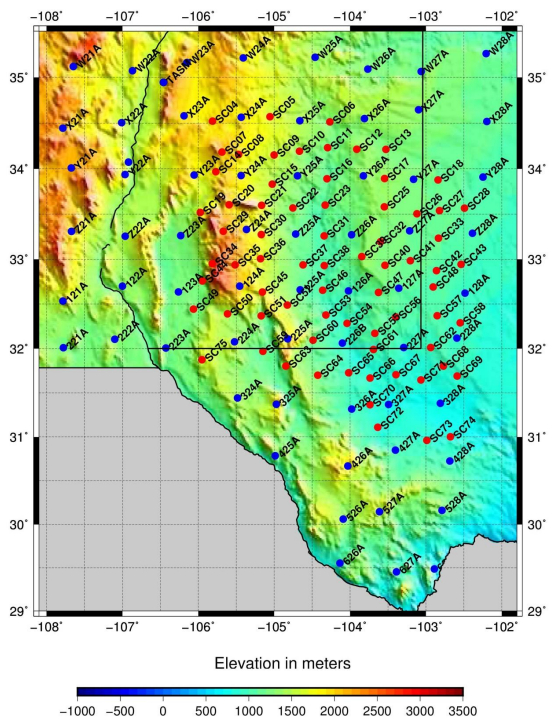
 DownLoad:
DownLoad: 
